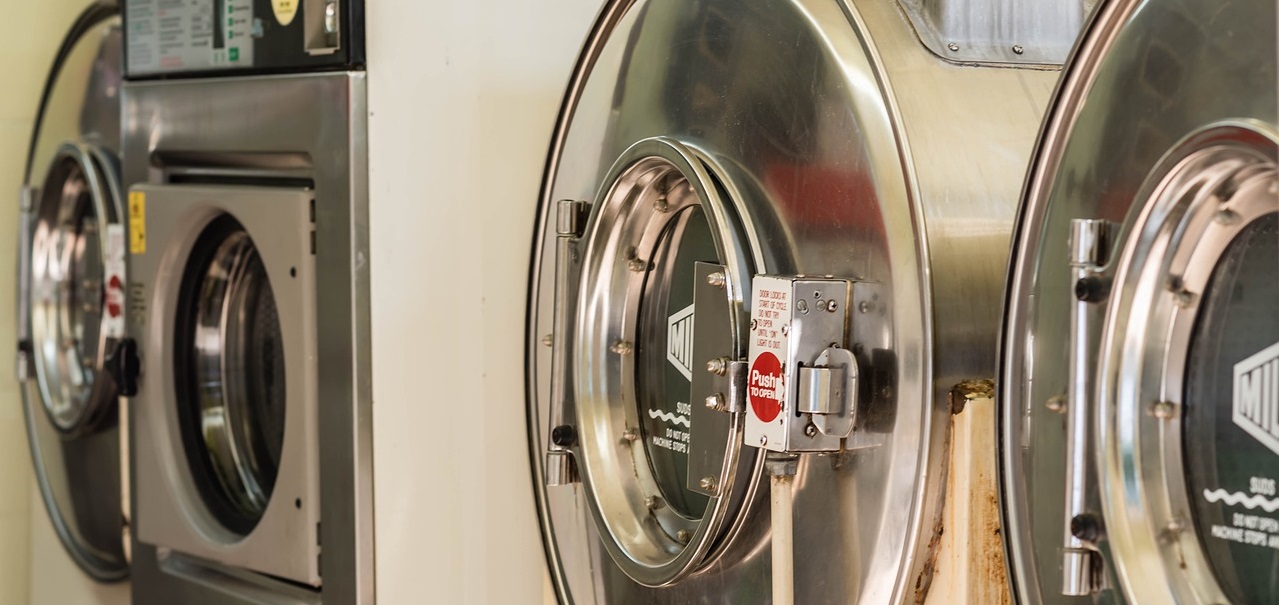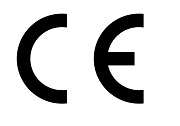Directive 2011/65/EU or RoHS
Directive 2011/65/EU of the European Parliament on the restriction of the use of certain hazardous substances in electrical and electronic equipment (EEE) is in force since 2013 (hereinafter - RoHS). RoHS directive establishes requirements for the mandatory control of hazardous and environmentally harmful substances, for example, mercury, lead, cadmium, hexavalent chromium, etc. in electrical equipment as part of the mandatory conformity assessment for the European market and labeling of products with a CE mark.
The recast RoHS Directive imposes obligations on manufacturers, importers, and sellers of products in the EU to monitor and collect evidence on the concentration of the harmful substances specified in the directive when applying CE marking to products.
Only products that fully comply with the requirements of the RoHS Directive 2011/65/EU may be placed on the European market and marked with a conformity mark CE (Conformité européenne – European conformity).
The following products are covered by Directive 2011/65/EU:
-
Household appliances
-
IT and telecommunications equipment
-
Consumer equipment
-
Lighting equipment, including electric bulbs, and luminaries in households
-
Electrical and electronic tools
-
Toys, leisure and sports equipment
-
Medical devices
-
Monitoring and control instruments
-
Automatic dispensers
Directive 2011/65/EU does not apply to (as per Article 2 of the RoHS):
-
Equipment like arms, munitions and war material intended for military purposes and necessary for the protection of the security of the Member States
-
Equipment designated to be sent into space
-
Large-scale stationary industrial tools
-
Large-scale fixed installations
-
Vehicles destined for passenger/freight transportation
-
Non-road mobile machinery made available exclusively for professional use
-
Active implantable medical devices
-
Photovoltaic panels
-
Equipment destined for research and scientific purposes
Product conformity assessment procedure according to the RoHS Directive:
Our company provides a complete assistance of the conformity assessment procedure with the RoHS Directive 2011/65/EU for the European market.
Thus, the manufacturer or a testing laboratory contracted by the manufacturer must:
-
Perform classification of the Electrical and Electronic Equipment (EEE) and establish whether it falls under the requirements of Directive 2011/65/EU or
determine grounds for exclusions or exemptions
-
Compile Technical Documentation (Ref. EN 50581)
-
Establish compliance with the requirements of RoHS Directive either by providing conformity declarations of all the components or carry out testing in a notified EU lab
-
Draw up the EU Declaration of Conformity once full conformity with RoHS Directive is established
- Mark the products with the CE mark
NB All economic operators, i.e. the importer, the distributor, the EU Authorized Representative (if applicable) in addition to the manufacturer, must be able to confirm at any time that their products do not contain any hazardous substances and that their concentrations are within the acceptable limits. As proof can be supplied technical documents (equipment technical description, drawings, certificates of conformity for components, test reports and so on). The technical certification file should be stored for 10 years.
CE Marking according to RoHS Directive 2011/65/EU (ref. Articles NN 14, 15)
The CE marking shall consist of the initials ‘CE’ as shown in Annex II of the Regulation (EC) No 765/2008.
The CE marking shall be affixed to the EEE or its nameplate visibly, legibly, and indelibly.
The Ce marking shall be affixed before the equipment is made available on the market.
Declaration of Conformity according to RoHS Directive 2011/65/EU (ref. Annex VI)
-
Name and identification of the EEE, for example, identification number, etc.
-
Name and address of the manufacturer or his authorized representative
-
Description of the EEE allowing its traceability. The description may include a photograph, where appropriate.
-
“The object of the declaration described above is in conformity with Directive 2011/65/EU of the European Parliament and of the Council of 8 June 2011 on the restriction of the use of certain hazardous substances in electrical and electronic equipment”
-
References to the relevant harmonized standards used or references to the technical specifications in relation to which conformity is declared
-
Name, function, and signature of the person responsible to sign the declaration on the manufacturer’s behalf
-
Place and date of issue of the declaration
EU Authorized Representative
If a manufacturer is located outside the European Union, he must appoint an authorized representative in the European Union in order to register a declaration of conformity or to apply a CE mark to the equipment.
In addition to providing a complete range of services with regards to conformity assessment of products according to the requirements of Directive 2011/65/EU CCIS-EXPERTISE can also provide an authorized representative in the European Union.
Statutory reference
The first European Directive with regards to the restriction of the use of certain hazardous substances in electrical and electronic equipment was Directive 2002/95/EC of 27 January 2003. Due to scientific and technical progress the annexes to the RoHS Directive, especially the annex containing the list of restricted substances, are being constantly reviewed and can be amended by the Commission on its own initiative or following a proposal by a Member State.
Annex VII of the RoHS Directive contains all the repealed directives concerning hazardous substances in EEE and their successive amendments.
Full text of the RoHS Directive 2011/65/EU
CCIS-EXPERTISE specialists will help you to:
-
identify directives and standards that apply to your products
-
prepare and evaluate the technical file
-
translate all relevant documentation and drawings
-
determine the cost of certification work
-
carry out all procedures of the European conformity assessment process
-
conduct tests of any complexity in accredited European and national laboratories
-
prepare the declaration of conformity
-
provide an authorized representative for your company in the EU













